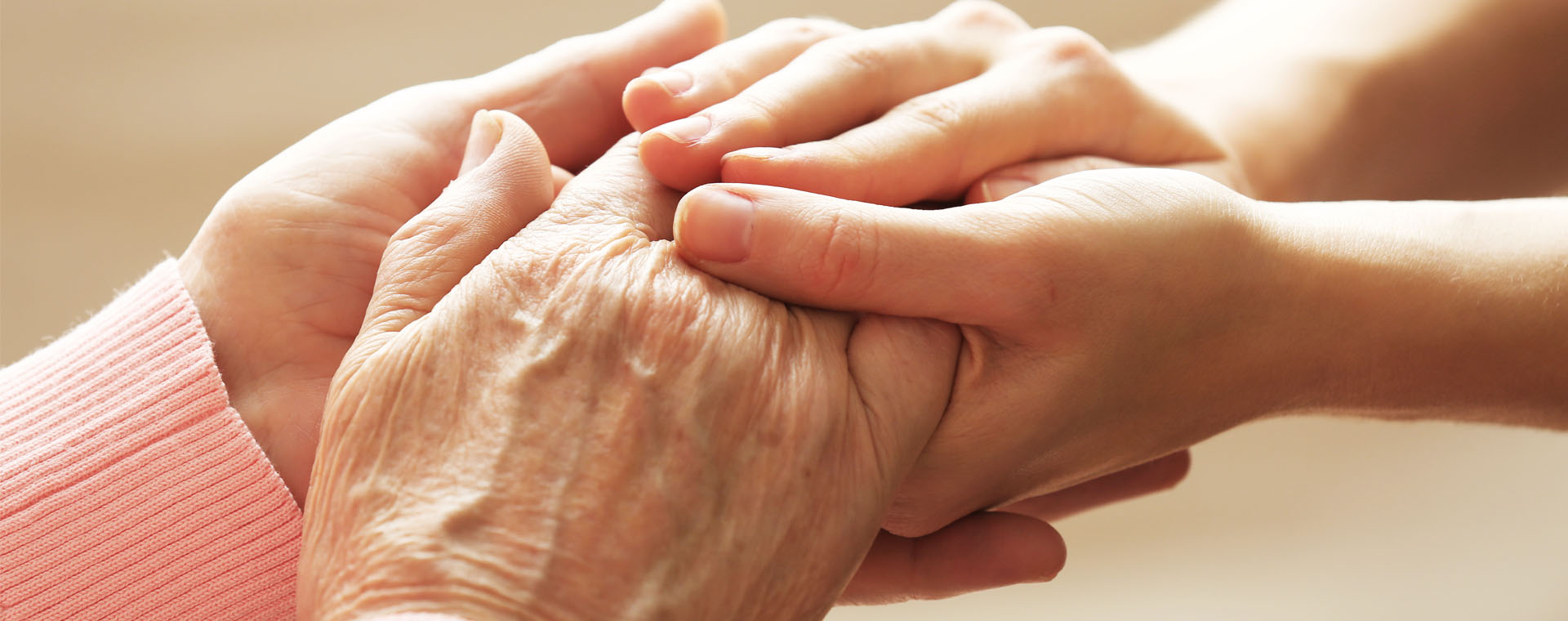Vital Signs (Body Temperature, Pulse Rate, Respiration Rate, Blood Pressure)

What are vital signs?
Vital signs are measurements of the body’s most basic functions. The four main vital signs routinely monitored by medical professionals and health care providers include the following:
- Body temperature
- Pulse rate
- Respiration rate (rate of breathing)
- Blood pressure (Blood pressure is not considered a vital sign, but is often measured along with the vital signs.)
- Oxygen saturation
Vital signs are useful in detecting or monitoring medical problems. Vital signs can be measured in a medical setting, at home, at the site of a medical emergency, or elsewhere.
What is body temperature?
The normal body temperature of a person varies depending on gender, recent activity, food and fluid consumption, time of day, and, in women, the stage of the menstrual cycle. Normal body temperature can range from 36 degrees C, to 37.4 degrees C for a healthy adult. A person’s body temperature can be taken in any of the following ways:
- Orally. Temperature can be taken by mouth using either the classic glass thermometer, or the more modern digital thermometers that use an electronic probe to measure body temperature.
- Rectally. Temperatures taken rectally (using a glass or digital thermometer) tend to be 0.5 to 0.7 degrees C higher than when taken by mouth.
- Axillary. Temperatures can be taken under the arm using a glass or digital thermometer. Temperatures taken by this route tend to be 0.3 to 0.4 degrees C lower than those temperatures taken by mouth.
- By ear. A special thermometer can quickly measure the temperature of the eardrum, which reflects the body’s core temperature (the temperature of the internal organs).
- By skin. A special thermometer can quickly measure the temperature of the skin on the forehead.
Body temperature may be abnormal due to fever (high temperature) or hypothermia (low temperature). A fever is indicated when body temperature rises about one degree or more over the normal temperature of 38 degrees C, according to NHS. Hypothermia is defined as a drop in body temperature below 35 degrees C.
What is the pulse rate?
The pulse rate is a measurement of the heart rate, or the number of times the heartbeats per minute. As the heart pushes blood through the arteries, the arteries expand and contract with the flow of the blood. Taking a pulse not only measures the heart rate, but also can indicate the following:
- Heart rhythm
- Strength of the pulse
The normal pulse for healthy adults ranges from 60 to 100 beats per minute. The pulse rate may fluctuate and increase with exercise, illness, injury, and emotions. Females ages 12 and older, in general, tend to have faster heart rates than do males. Athletes, such as runners, who do a lot of cardiovascular conditioning, may have heart rates near 40 beats per minute and experience no problems.
How to check your pulse?
As the heart forces blood through the arteries, you feel the beats by firmly pressing on the arteries, which are located close to the surface of the skin at certain points of the body. The pulse can be found on the side of the neck, on the inside of the elbow, or at the wrist. For most people, it is easiest to take the pulse at the wrist. If you use the lower neck, be sure not to press too hard, and never press on the pulses on both sides of the lower neck at the same time to prevent blocking blood flow to the brain. When taking your pulse:
- Using the first and second fingertips, press firmly but gently on the arteries until you feel a pulse.
- Begin counting the pulse when the clock’s second hand is on the 12.
- Count your pulse for 60 seconds (or for 15 seconds and then multiply by four to calculate beats per minute).
- When counting, do not watch the clock continuously, but concentrate on the beats of the pulse.
- If unsure about your results, ask another person to count for you.
If your doctor has ordered you to check your own pulse and you are having difficulty finding it, consult your doctor or nurse for additional instruction.
What is the respiration rate?
The respiration rate is the number of breaths a person takes per minute. The rate is usually measured when a person is at rest and simply involves counting the number of breaths for one minute by counting how many times the chest rises. Respiration rates may increase with fever, illness, and other medical conditions. When checking respiration, it is important to also note whether a person has any difficulty breathing.
Normal respiration rates for an adult person at rest range from 12 to 16 breaths per minute.
What is blood pressure?
Blood pressure is the force of the blood pushing against the artery walls during contraction and relaxation of the heart. Each time the heart beats, it pumps blood into the arteries, resulting in the highest blood pressure as the heart contracts. When the heart relaxes, the blood pressure falls.
Two numbers are recorded when measuring blood pressure. The higher number, or systolic pressure, refers to the pressure inside the artery when the heart contracts and pumps blood through the body. The lower number, or diastolic pressure, refers to the pressure inside the artery when the heart is at rest and is filling with blood. Both the systolic and diastolic pressures are recorded as “mm Hg” (millimeters of mercury). This recording represents how high the mercury column in an old-fashioned manual blood pressure device (called a mercury manometer or sphygmomanometer) is raised by the pressure of the blood. Today, your doctor’s office is more likely to use a simple dial for this measurement.
High blood pressure, or hypertension, directly increases the risk of heart attack, heart failure, and stroke. With high blood pressure, the arteries may have an increased resistance against the flow of blood, causing the heart to pump harder to circulate the blood.
As a general guide:
- ideal blood pressure is considered to be 120/80mmHg
- high blood pressure is considered to be 140/90mmHg or higher
- low blood pressure is considered to be 100/60mmHg or lower
These numbers should be used as a guide only. A single blood pressure measurement that is higher than normal is not necessarily an indication of a problem. Your doctor will want to see multiple blood pressure measurements over several days or weeks before making a diagnosis of high blood pressure and starting treatment. Ask your provider when to contact him or her if your blood pressure readings are not within the normal range.
Why should I monitor my blood pressure at home?
For people with hypertension, home monitoring allows your doctor to monitor how much your blood pressure changes during the day, and from day to day. This may also help your doctor determine how effectively your blood pressure medication is working.
What special equipment is needed to measure blood pressure?
Either an aneroid monitor, which has a dial gauge and is read by looking at a pointer, or a digital monitor, in which the blood pressure reading flashes on a small screen, can be used to measure blood pressure.
Before you measure your blood pressure:
The recommendations and guidelines for home blood pressure monitoring:
- Don’t smoke or drink coffee for 30 minutes before taking your blood pressure.
- Go to the bathroom before the test.
- Relax for 5 minutes before taking the measurement.
- Sit with your back supported (don’t sit on a couch or soft chair). Keep your feet on the floor uncrossed. Place your arm on a solid flat surface (like a table) with the upper part of the arm at heart level. Place the middle of the cuff directly above the bend of the elbow. Check the monitor’s instruction manual for an illustration.
- Take multiple readings. When you measure, take 2 to 3 readings one minute apart and record all the results.
- Take your blood pressure at the same time every day, or as your healthcare provider recommends.
- Record the date, time, and blood pressure reading.
- Take the record with you to your next medical appointment. If your blood pressure monitor has a built-in memory, simply take the monitor with you to your next appointment.
- Call your provider if you have several high readings. Don’t be frightened by a single high blood pressure reading, but if you get several high readings, check in with your healthcare provider.
- When blood pressure reaches a systolic (top number) of 180 or higher OR diastolic (bottom number) of 110 or higher, seek emergency medical treatment.
Ask your doctor or another healthcare professional to teach you how to use your blood pressure monitor correctly. Have the monitor routinely checked for accuracy by taking it with you to your doctor’s office. It is also important to make sure the tubing is not twisted when you store it and keep it away from heat to prevent cracks and leaks.
Proper use of your blood pressure monitor will help you and your doctor in monitoring your blood pressure.
What is Oxygen Saturation?
Oxygen is carried around in red blood cells by a protein called haemoglobin. The amount of oxygen that is being carried by the haemoglobin is called the oxygen saturation and is expressed as a percentage (scored out of 100 e.g. 96%). This tells us how much oxygen is available in the blood to deliver to the brain, organs and the rest of the body.
How do we measure Oxygen Saturation?
We use a Pulse Oximeter to measure how much oxygen the haemoglobin in a person’s blood is carrying. Pulse oximetry is a quick, non-invasive and painless test.
What’s normal Oxygen Saturation?
The oxygen saturation in a healthy person should be 96% or above.
If the person has chronic lung disease (e.g. COPD) they may normally have a lower reading. The person’s GP will know about this and will tell you what normal reading for this person should be (usually 88-92%).
If the person’s oxygen saturation is lower than normal, it tells us that the heart and lungs may be finding it harder to get oxygen to other parts of the body. This is a good indication that the person is not well.






